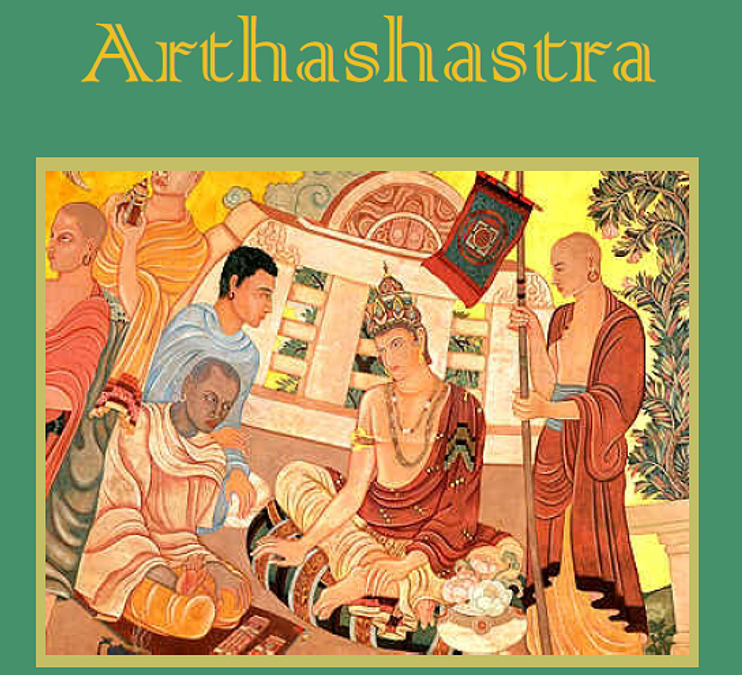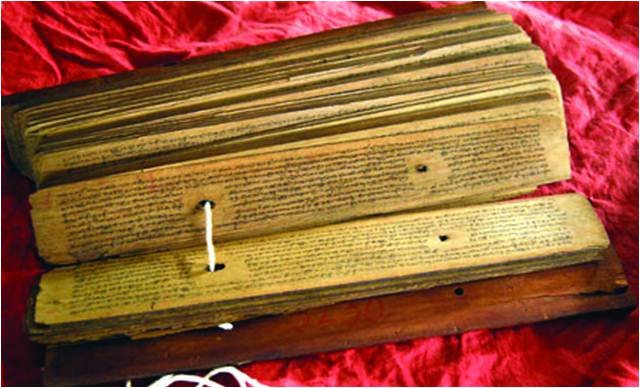- Buy Now
- Blog
- Contact Us
- +91-9414044559
- anupamjolly@gmail.com
Bhattacharya says that the state of structural engineering, as discovered in the Arthasastra seems to be intriguing and profitable study and can’t be later than that of the first century AD.
Other than the various references, scattered all through the book, the Arthasastra contains a few parts, principally or exclusively, managing building design. Be that as it may as it is absolutely a non-religious work, the subjects managed in these sections, all allude to the structures of a common nature rather than the religious.
The statement, vastu, has been characterized as houses (or the destinations of houses) or delight enclosures or banks and extensions (setubandhuas) or lakes.
This significance of Vastu is likewise evident from the meaning of the Silpashastra as given by the Sukranitisara, which says, “In which structures are fabricated, for example, the prasada (places or sanctuaries) and pictures, aramas (joy enclosures or notches), houses and the tanks. The meanings of vastu, as given in my, likewise bears a similarity with that given in Arthasastra. On the other hand, Arthasastra can’t be straightforwardly alluding as the treatise of building design. The few parts, managing building design in the Arthasastra, are not the redundancies of old conventions, common from a prior period in India. They exhibit new issues identifying with the Indian building design.


The depiction of private houses in Arthasastra was for the most part of an unstable character, however, at any rate, in the towns, houses were built on clean and controlled standards, infringement of which was rebuffed by the state. These standards, happening in Arthasastra (Iv.8), basically, identify with the position of the channels and different spots of can’t, to the space that ought to have must be kept open between two houses, and to the methods for ventilation of air in the rooms. Each one house had an anidvara (i.e., an entryway) and raised high. An uncommon tenet is set down to avoid the malevolence outcomes of downpour.
The depiction of private houses in Arthasastra was for the most part of an unstable character, however, at any rate, in the towns, houses were built on clean and controlled standards, infringement of which was rebuffed by the state. These standards, happening in Arthasastra (Iv.8), basically, identify with the position of the channels and different spots of can’t, to the space that ought to have must be kept open between two houses, and to the methods for ventilation of air in the rooms. Each one house had an anidvara (i.e., an entryway) and raised high. An uncommon tenet is set down to avoid the malevolence outcomes of downpour.
Of the more considerable and aesthetic structures, the most vital is the ruler’s royal residence, called a prasada. Structures of different sorts are demonstrated by words harmya, sabha and so forth each of which is alluded to as peculiar kind. Invigorated towns or capitals were called durga and extravagant portrayals of the forts structure the real piece of the parts, managing engineering matters. Trench, bulwarks, dividers and watch towers of distinctive structures were the few gimmicks of a fort.
The dividers of the castles were, by and large, made up of blocks, as it is apparent structure the bearing to make it astaka (Ii.5). Anyhow it is additionally alluded that the dividers of the antahpura ought to be secured over with mud blended with “lightening – slag” (vaidyuta – bhasma) and hail water (karaka-vari), to make them flame resistant. This demonstrates the presence of mud dividers even in the rich man’s homes. Bhattacharya further included that the terms vaidyuta-bhasma and karaka-vari are not clear.
The mud utilized within putting the dividers must have been an uncommonly arranged material and the way of which is not known to us today. The chambers for keeping articles of exchange and produce of the fields were a lot of people storied catuhasta houses, having best lines of mainstays of smoldered blocks. The arms stockpile contained underground loads and the jail house had mystery loads in it.
Take the first step towards harmony, balance, and spiritual growth with expert guidance from
Acharaya Anupam Jolly.
Read on to find out why our Our Clients love us!
Average Rating: 5.0 stars (based on User ratings)